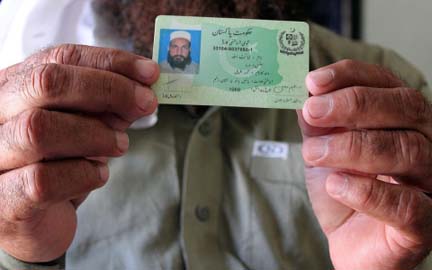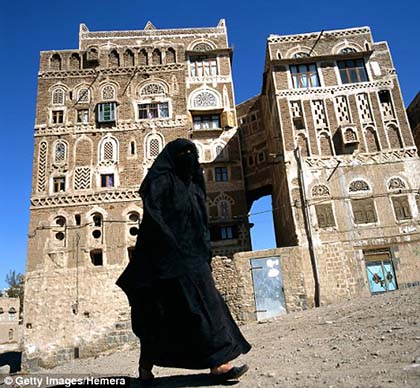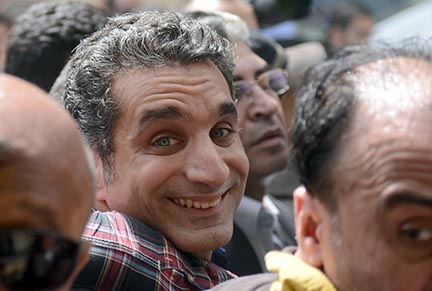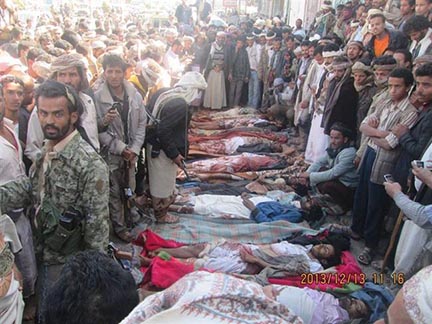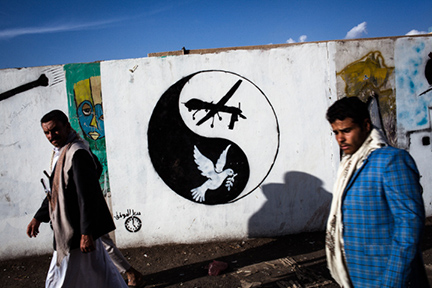
by Amal Al-Yarisi, Yemen Times, November 26, 2013
The institution of marriage has gone through radical transformations since our ancestors gave up their nomadic wanderings and adopted an agricultural-based lifestyle. What has historically been an economic arrangement and a way to merge properties and tribes in Yemen is increasingly becoming a love arrangement.
Though arranged marriages remain the norm, Yemeni women are proving how far they are willing to go to be with the ones they love, including turning the tradition of a dowry on its head. As more women marry the men they love, they are contributing to wedding costs, a phenomenon unheard of in Yemen until recently.
A year ago, Sabah Al-Khalidi and her then fiancé, Saeed Ali, began furnishing a three-room apartment in the Al-Safia district of Sana’a. The burden was solely Ali’s, but Al-Khalidi, a private school teacher, ended up contributing the majority of their home furnishings.
In Yemen, marriage costs, including the wedding ceremony, the couple’s future home and new clothes and gifts for the bride, are traditionally paid for by the groom and his family.
According to Ahmed Al-Ghazan, a social researcher at the Sana’a Social Studies Center, dowries in Yemen generally range from YR200,000 ($930) to YR2 million ($9,300), barring the extremely poor, extremely wealthy Yemenis paying higher dowry prices for women who hold citizenship from Western countries. Continue reading Breaking with tradition
